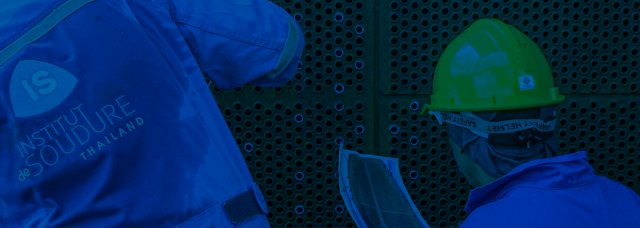

Metallographic examination to analysis the quality of steel, Cast Iron, Non-Ferrous and to analysis on the failure/damage equipment. This method can use for evaluation of quality of metal in term of qualitative.
Macrostructure analysis : the maximum of magnification at x30.
> Image method: 2D, 3D, EFI and movie record
> Measurement: Can be perform the measurement on 2D and 3D
>>2D can be measure of Width, Length, and Angle
>>3D can be measure of Width, High, Length, และ Angle Macrostructure analysis: the maximum of magnification at x30
Machine capacity: Brand: Olympus Zoom: 1X – 30X
TEST METHODS/SPECIFICATIONS
Graphite Analysis
The type of graphite of graphite form has influent of the physical property of cast iron. The classification can help to evaluation of quality of cast iron.
To examine the directional or orientation of metal grains and any inclusions that have been deformed by forging.
Estimating the volume fraction of an identifiable constituent or phase from sections through the microstructure
The size of grains plays an important role in the characteristics of the material ranging from increasing mechanical properties such as yield strength and tensile strength
Method of grain size measurement ASTM E112:
1.Comparison procedure
2.Planimetric procedure
3.Intercept procedure
A variety of PMI test methods are available to determine the identity of alloy materials. The primary methods include portable X-ray fluorescence, portable optical emission spectroscopy.
Optical Emission Spectrometry (OES)
- Ferrous - Ni-Base
Standard of Test
Scanning electron microscopy with energy dispersive X-ray spectroscopy (SEM/EDX) is the best known and most widely-used of the surface analytical techniques. High resolution images of surface topography, with excellent depth of field, are produced using a highly-focused, scanning (primary) electron beam combined with the ability to generate localized chemical information (EDS)
Fracture analysis (Qualitative)
Microstructure (Cross section)
>Secondary Image
>Back Scatter Image
Composition analysis (Quantitative)
> Mapping
> Line scan
> Point/Area analysis
777/32 Moo 9 Bang Pla Sub-district
Bang Phli District , Samut Prakan 10540
Thailand
131/52 Moo 2 Plernjai 4 Village,
Tubma Sub-district, Muangrayong District,
Rayong 21000
Thailand